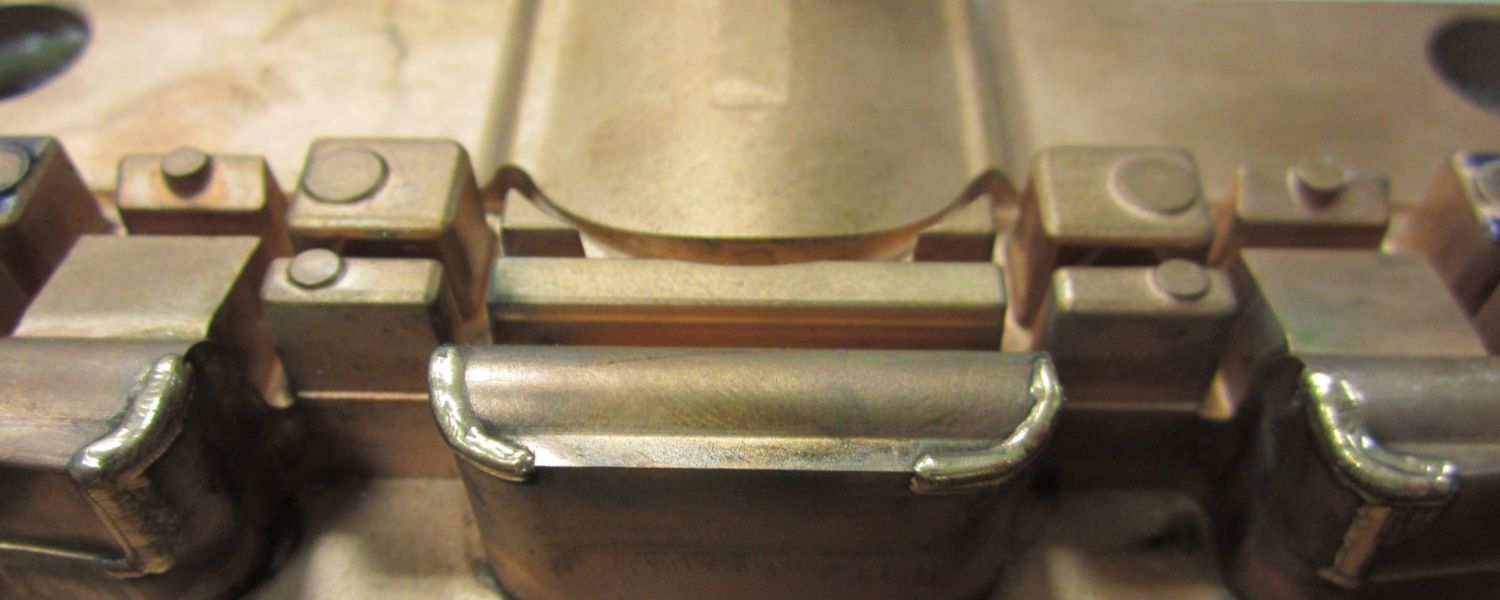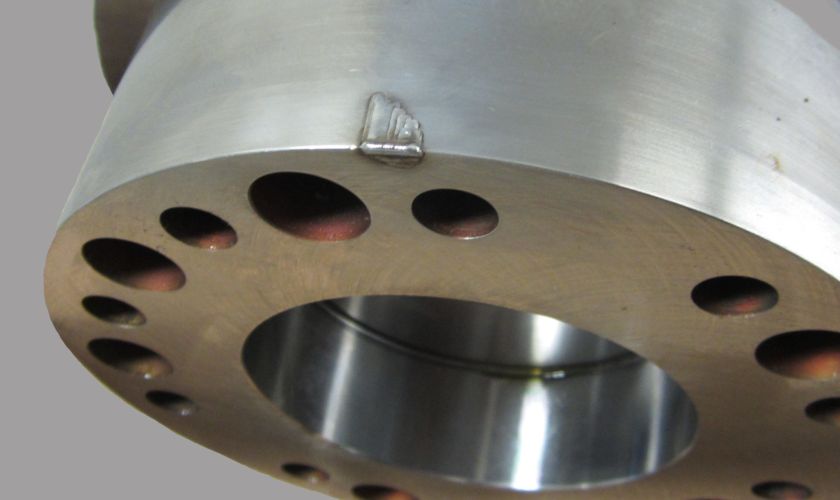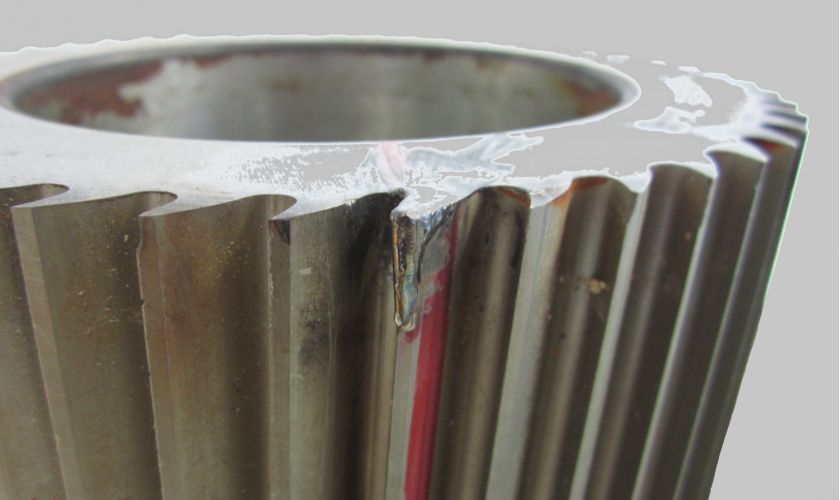Alloys + Superalloys welding
In metallurgy, alloys are macroscopically homogeneous metallic materials consisting of at least two elements.
These can be, for example, steels of low strength or hardness.
Superalloys are metallic materials with a complex composition, mostly used for high-temperature applications. Iron, nickel, platinum, chromium or cobalt with additions of elements such as Co, Ni, Fe, Cr, Mo, W, Re, Ru, Ta, Nb, Al, Ti, Mn, Zr, C and B are used as the basis of the alloy. As a result, they have increased scaling resistance and high-temperature strength.
Common brand names include Stellite, Inconel, Hastelloy, Tribaloy, Waspaloy, Incoloy, NIMONIC, R88DT or X-40.
What is an alloy?
The common definition for alloy refers to a metallic material consisting of at least 2 elements.
The alloys that we can weld or join using laser technology are:
- Steel
- aluminum
- Copper-zinc (brass)
- copper-tin (bronze)
- silver
- gold
In addition, there are so-called superalloys:
- Nickel-base (Inconel, Hastelloy, Colmonoy62)
- Stellite (Stellite 6 and Stellite 12, others on request)
- Invar
- Tantalum
- Beryllium copper
- CoCrMo superalloys
Welding alloys
When welding (super)alloys, the energy input of the laser beam is of central importance.
The parameters of the laser beam in CW mode – or optionally in pulsed mode – must be precisely tuned:
- Slightly excessive laser energy negatively alters or destroys the lattice structure of the alloy.
- Too little laser energy creates a false bond due to insufficient melting.
The balance is extremely important here.
In addition, the work must be 100% clean. In the worst case, foreign particles in the melt can lead to component failure with these sensitive alloys.
It is also particularly important that the welding consumables are carefully matched to the base material. This is done in elaborate laboratory work and is indispensable for a durable joint. The properties of the base material must be achieved in all respects.
Work examples (super-)alloys welding:
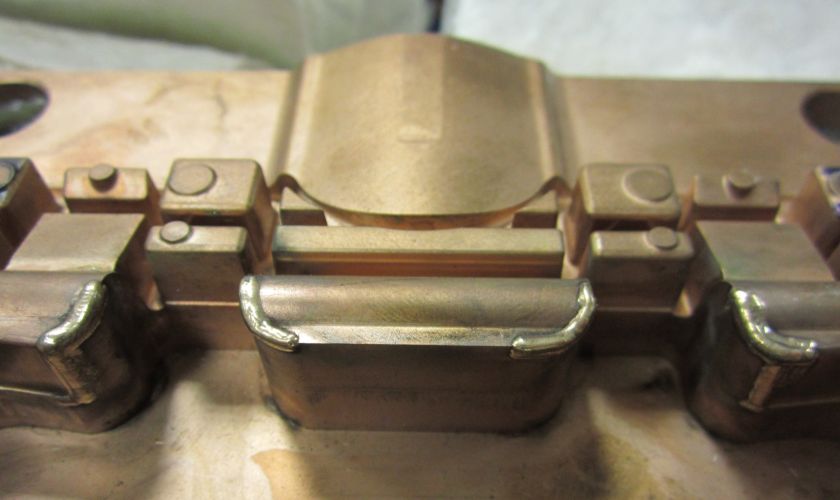
Copper-beryllium alloy
Repair work for mold and tool making incl. analysis and laboratory work.
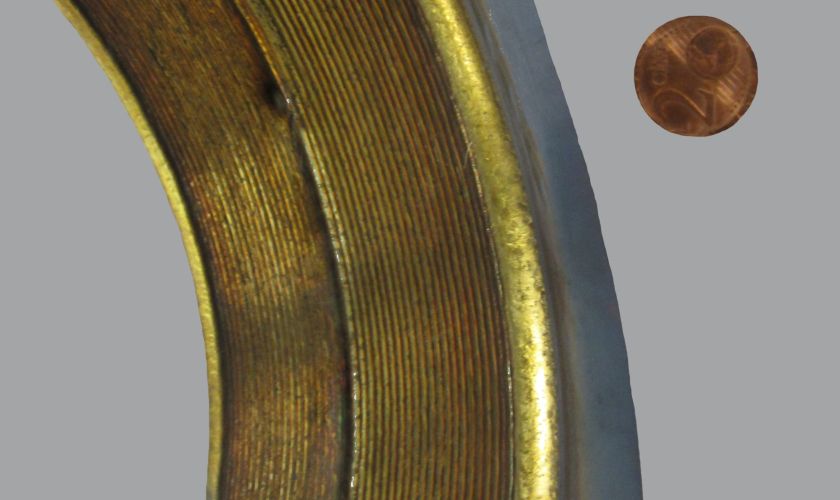
16MnCr5 steel + bearing bronze
Coating of a ring from mechanical engineering with plain bearing bronze.
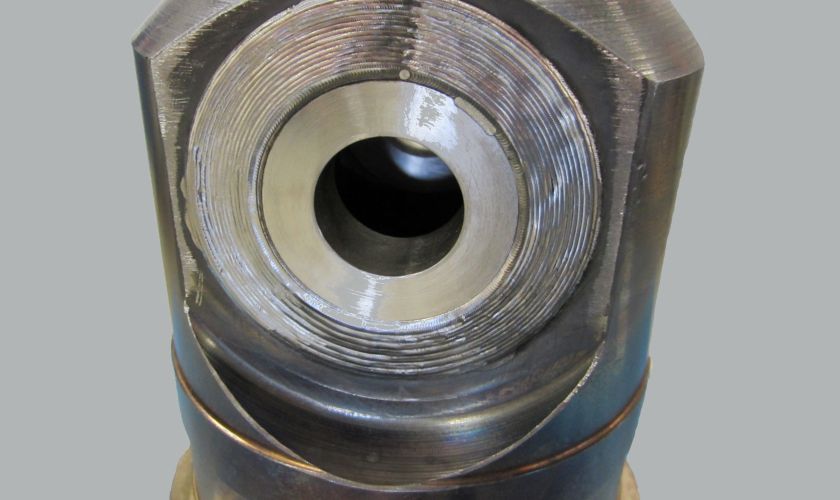
Stellite | valve body
Stellite seat cold-welded crack-free into valve main body (Ø 11 cm, depth 3 cm).
Industries for which we weld (super-)alloys:
Automotive
For example:
- Components of measurement technology in vehicles in series production.
- Contacting or busbars in small series for prototypes.
Engineering
For example:
- Repair welding of valve seats.
- Coating of clamping rings in series production.
- Repair of turbine parts.
Aerospace
For example:
- Participation in prototype construction for turbine elements.
- Measuring probes in small series production.
Energy industry
For example:
- Contact surfaces in the high-voltage range as series parts.
- Repair welding of various gas turbine components.
